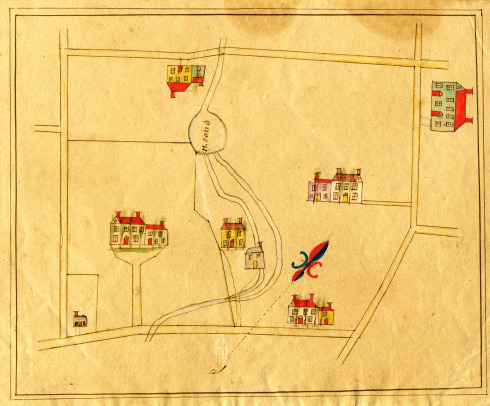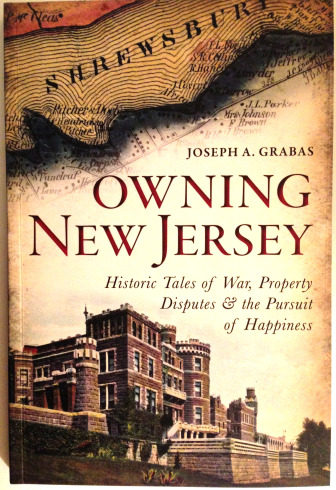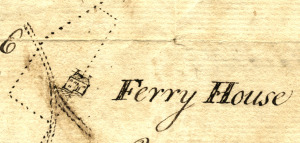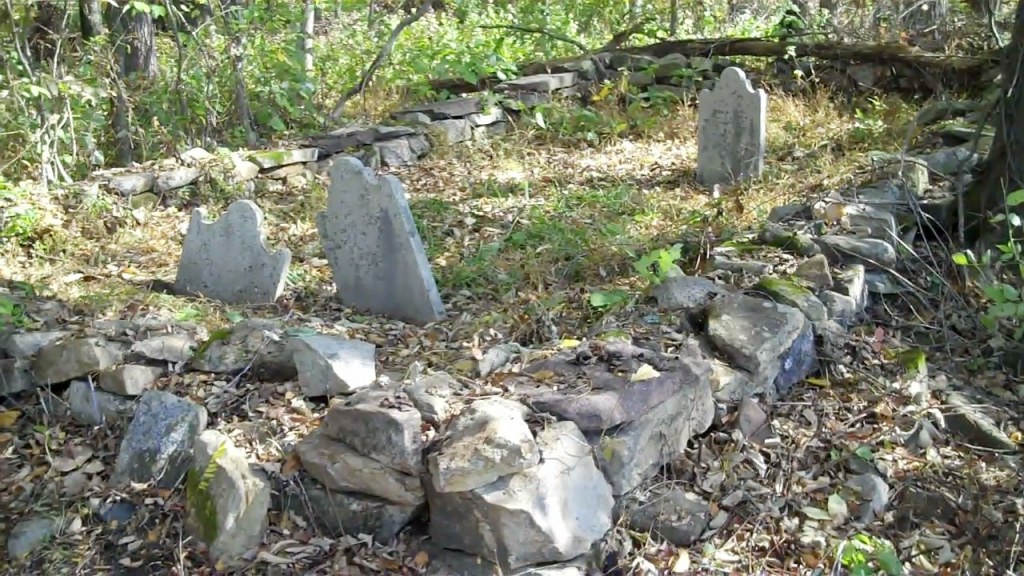Be forewarned—this article is not for the squeamish.
Biggest Log Ever Brought to Stockton
Giant Oak Caused Trouble Before It Arrived at the Mill.
A Big Event in the Town
by Egbert T. Bush, Stockton, N.J.
published in the Hunterdon Co. Democrat, September 5, 1929

This is another in a series of articles by Egbert T. Bush on the subject of Hunterdon County trees. Whenever Mr. Bush writes about an event, there is always an interesting back story—often more than one. This article about Stockton takes us north to Kingwood and Alexandria, and south to Lambertville. There are a few people of particular importance: John Finney, William V. Case, Edward P. Conkling and his father Rev. Cornelius S. Conkling. The biographies of Finney and Case can be found at the end of Mr. Bush’s article. The Conklings will appear in a subsequent post.
The Trout Cemetery
A Mystery Village
As I have mentioned in previous posts,1 many wonderful documents can be found in the Cathers-Davison collection that has recently been donated to the Hunterdon County Historical Society. I was very fortunate to get a look at some of them beforehand, and among the earliest documents was a gem.

What Comes from Owning the Land
In My Library: Owning New Jersey, Mapping New Jersey, Owning the Earth and New Jersey Linseed Oil Mills
 Owning New Jersey; Historic Tales of War, Property Disputes & the Pursuit of Happiness
Owning New Jersey; Historic Tales of War, Property Disputes & the Pursuit of Happiness
by Joseph A. Grabas, published by The History Press, 2014
What a great name for a book. I’ve wanted to own this book for decades, even though it did not exist until now. Joseph Grabas is a well-known figure among New Jersey historians, for his ability to take what he has learned from his many years as a title searcher and turn it into fascinating New Jersey history. He’s done a beautiful job of showing how interrelated land ownership and politics can be, and how those systems have influenced New Jersey history right from its very beginning. It’s also a very readable book. It is easy to overlook how much we can learn from old records—records that seem to be dry and uninteresting, unless an inquiring mind like Mr. Grabas takes a close look at them. Then they reveal great human dramas, both comedic and tragic. This book has much to teach us.
A House Divided
Howell’s Tavern House and Ferry House

click to enlarge
The dotted line in this picture is a survey line, drawn by Reading Howell in 1774, and as you can see, one of the lines goes right through the middle of the house, which is labeled “Ferry House.” Strangely enough, this house has long been known as the tavern house at Howell’s Ferry (Stockton) which I wrote about in “Jacob’s Path, an 1813 Shortcut.” So why was the tavern house called the Ferry House in 1774? And why did the surveyor run a line right through the middle? Therein lies a story.
Milling Industry at Prallsville Back of Year 1792
Little Known of Mill That Existed Prior to John Prall’s
When the Canal Was Dugby Egbert T. Bush, Stockton, N.J.
published in the Hunterdon County Democrat, February 13, 1930It is common to speak of John Prall Jr. as the builder of the first mill in this hamlet. But his titles date back to early 1792; and to some of us it seemed strange that a site so attractive with the Wickecheoke Creek rushing into the Delaware, with an established ferry close at hand, and with a solid community back of it should have been so long without a mill. While investigation has so far failed to reveal all that was hoped for, it has demonstrated that Prall was far from being first to carry on milling business here.
With a Name Like Boozer . . .
In 1878 when the bridge on Raven Rock Road was built, the Freeholder Director of Hunterdon County was Joseph H. Boozer of Lambertville. He was one of the six freeholders who were charged with overseeing construction of the bridge spanning the Lockatong Creek. With such an unusual name, he certainly stands out, and I could not resist the urge to learn about him and his family.
The Lockatong Bridge over Raven Rock Road, part two
In my previous post I wrote about the history of the Lambertville Iron Works, the company that constructed the Lockatong bridge. At that time, after several months of work and an initial bridge opening, the bridge was closed again in order to repair the repairs. It has since been reopened, and is definitely worth a visit. It is not exactly the bridge it used to be, but it has been beautifully restored, and all concerned should take pride in it.
The Lockatong Bridge on Raven Rock Road, part one
Hunterdon County probably holds the record for the most 19th century iron truss bridges that are still in use. In Delaware Township alone there are nine iron truss bridges, not including the Covered Bridge, which is also a truss bridge. The most important of these iron truss bridges is the one crossing the Lockatong Creek on Rosemont-Raven Rock Road. That bridge is an outstanding example of the urge to lend some grandeur to a very functional structure. None of the other township bridges quite matches it.
